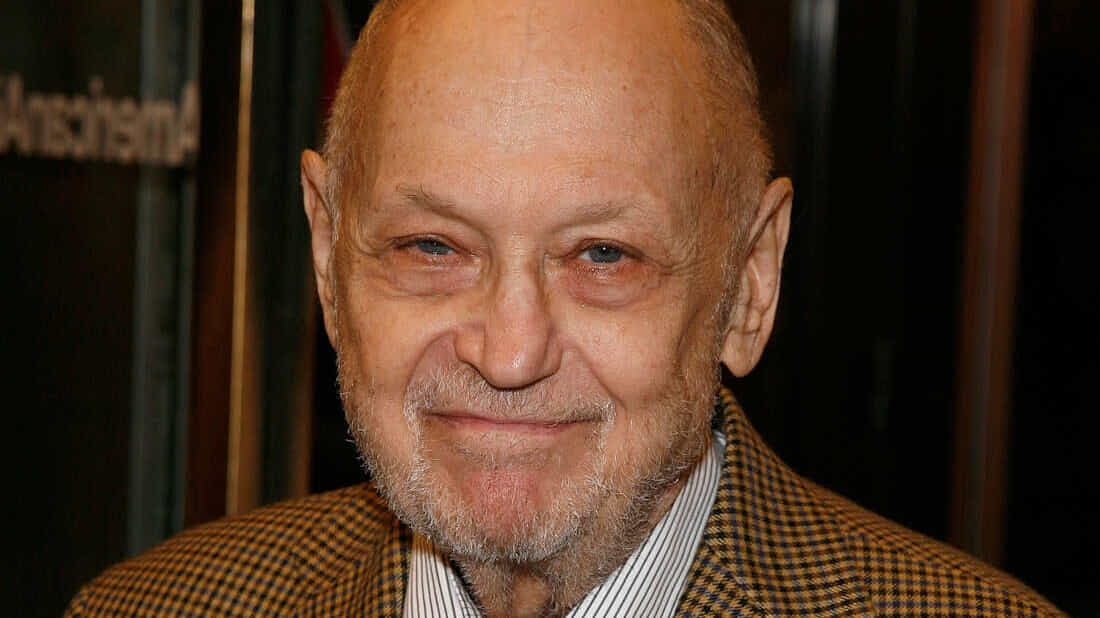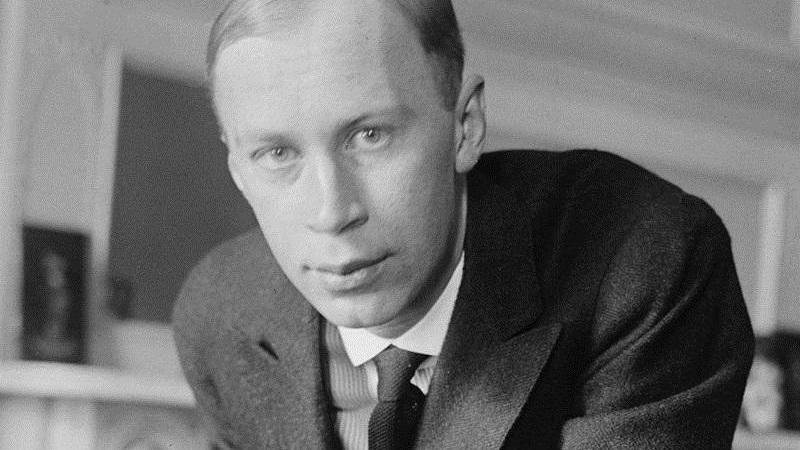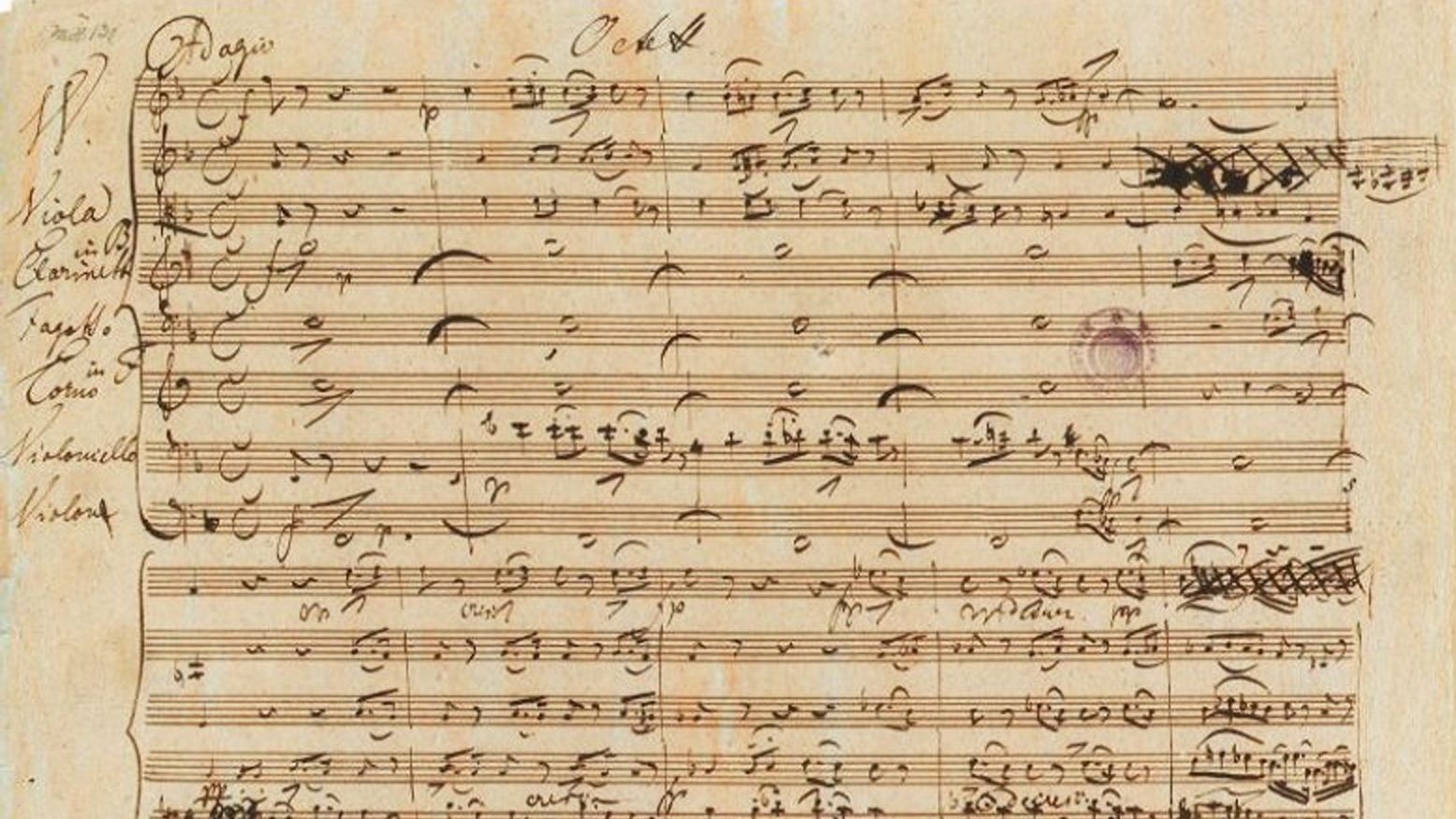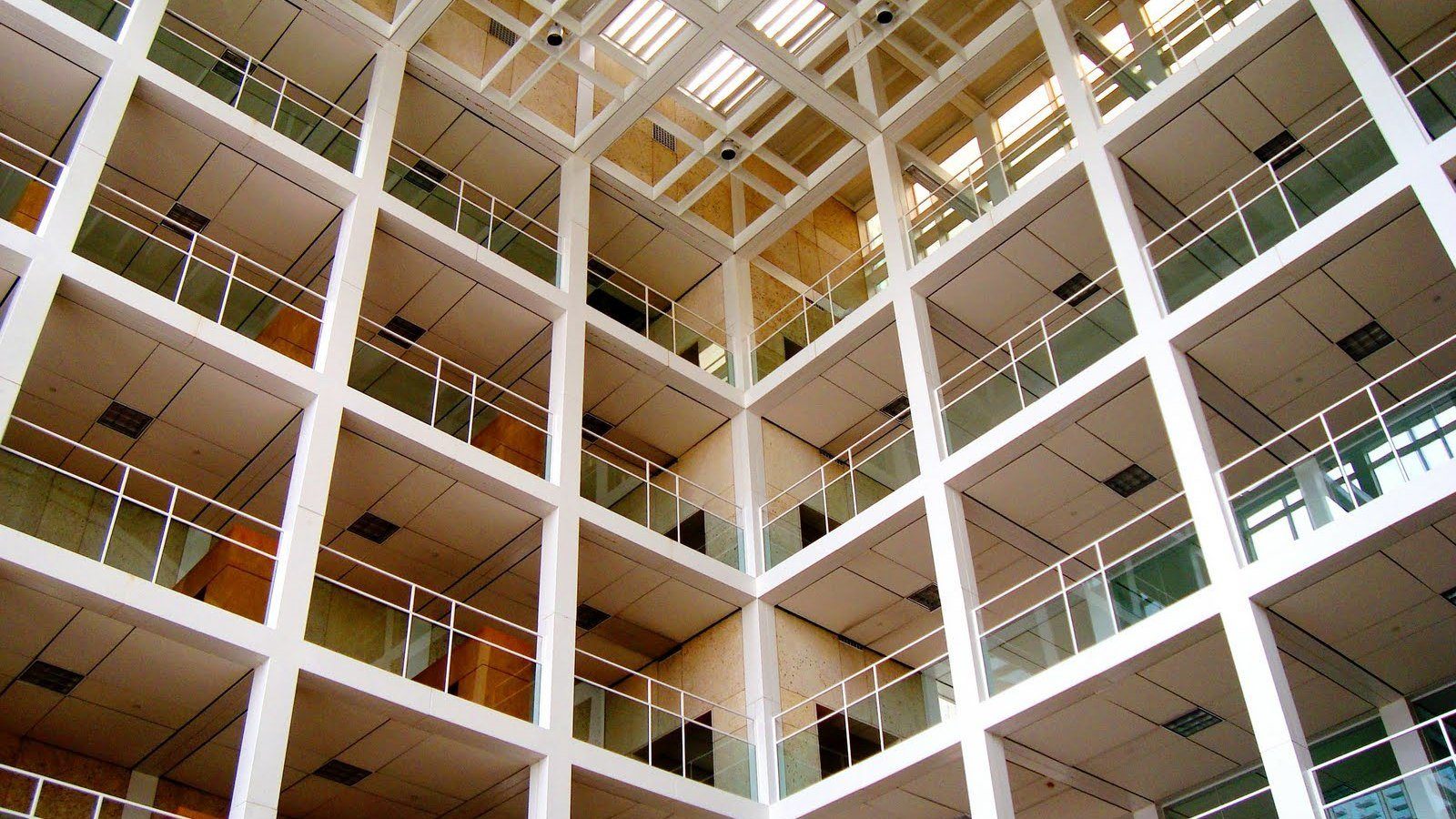Remembering Charles Strouse
Charles Strouse, the American composer of such Broadway musicals as Bye Bye Birdie (1960), Applause (1970), and Annie (1977), passed away last Thursday, May 15, at his home in Manhattan. He was 96. A graduate of the Eastman School of Music, Strouse studied composition with Arthur Berger, David Diamond, Aaron Copland, and Nadia Boulanger. It was Boulanger who urged Strouse to cultivate his talent as a composer for the musical theater. At …






